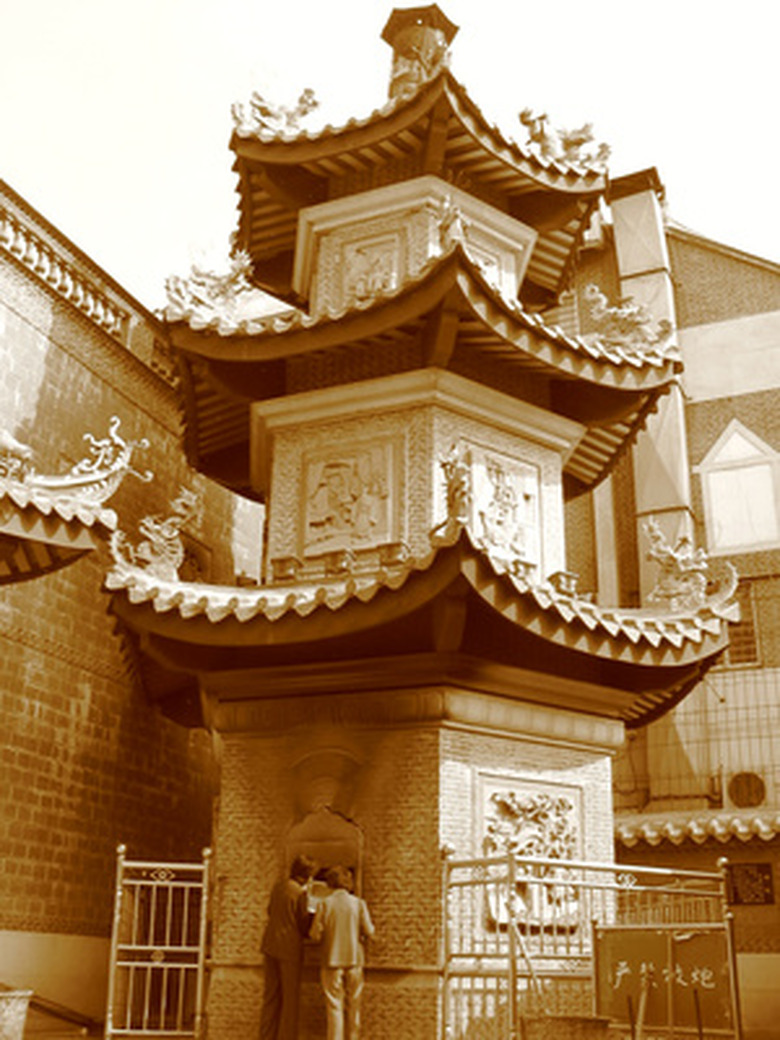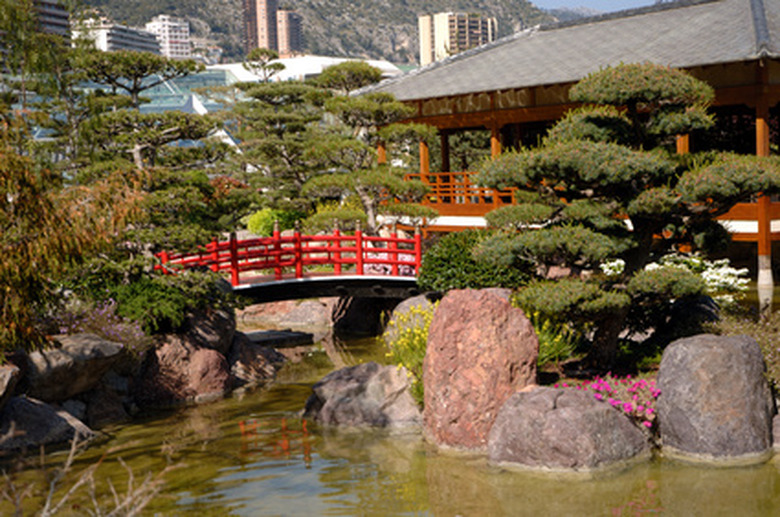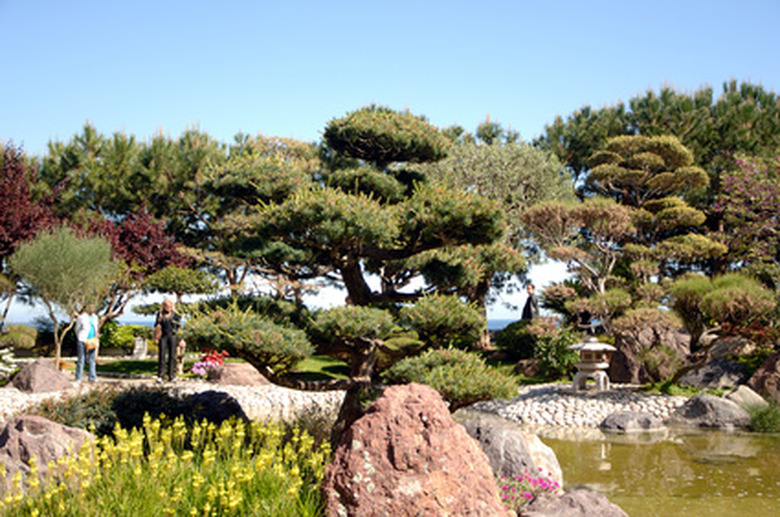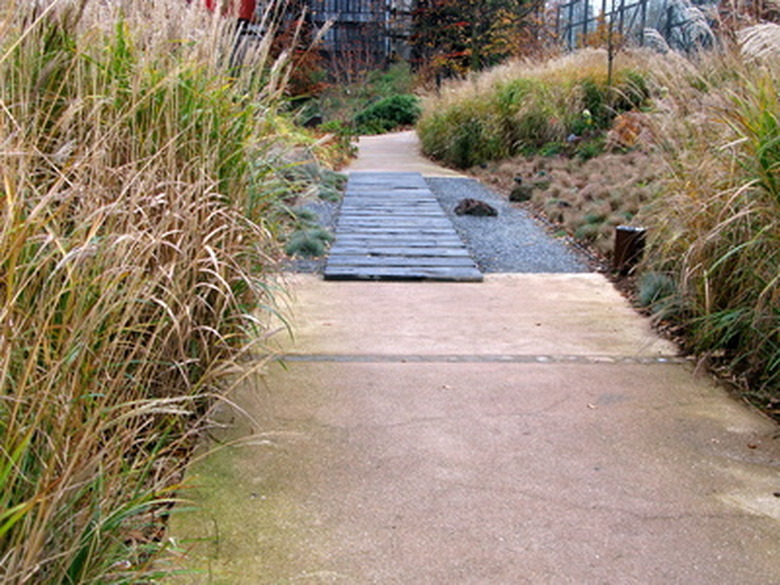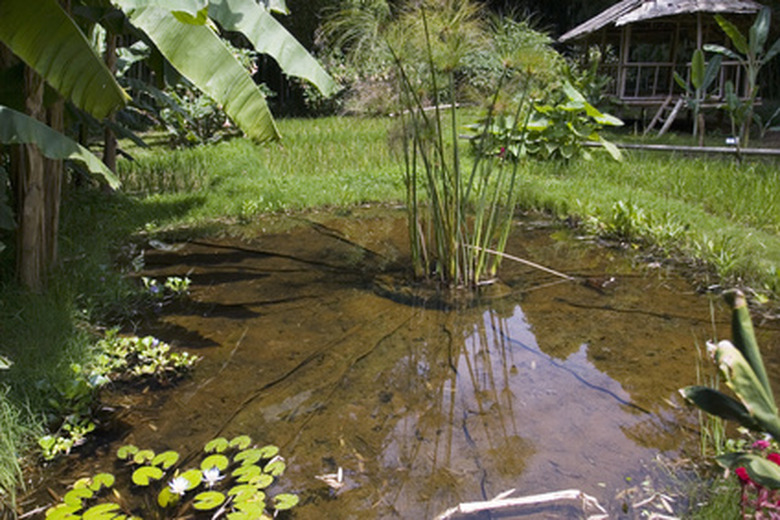Importance Of Japanese Zen Gardens
Buddhism is one of the major religions of the world and has a long, intricate history and belief system. Zen is an important school of Buddhism. It emphasizes contemplation and meditation as a means for achieving self-knowledge. Zen gardens are designed to help a person achieve the state of mind that leads eventually to enlightenment. Zen gardens are full of symbolism and should evoke quite emotional responses from the display of the elements. Monks stroll quietly through the gardens, focusing on the symbolism, and meditate on the Buddhist principles that are represented.
History of the Zen Garden
Japanese gardening started in the 6th century when the idea of hill and pond gardens was brought over from China and Korea. The Japanese Buddhist monks expanded the idea and created temple gardens where they could go for religious reasons. Karesansui or dry-landscape, the oldest form of Zen gardening, began to evolve when Zen priests modified the gardens to serve a different purpose. They were to be used to create a greater understanding of the essence of Buddhist teachings.
- Buddhism is one of the major religions of the world and has a long, intricate history and belief system.
- Karesansui or dry-landscape, the oldest form of Zen gardening, began to evolve when Zen priests modified the gardens to serve a different purpose.
Tachibanano Toshitsuna was the first to write down how to design these gardens in the 11th century, in a book called the 'Sakuteiki'.
Dry Gardens
The word Karesansui actually translates into "dry mountain and water garden." In the 11th century the Zen garden created the look of water with rocks and sand. The rock is raked in a way that looks like flowing water. A single big rock is the focal point in the garden. This signifies the mountains that rise above. The stillness of the gravel which represents water signifies the peace and tranquility of the mind.
Hill Gardens
In contrast to the dry gardens, hill gardens contain waterfalls and ponds. The waterfalls not only help the water flow downhill, but also provide great symbolism. Two large stones give the impression of great distance and size. Hill gardens use shrubs and trees, placed to shade the water. The pond symbolizes the sea or a lake in nature. It is edged with stones and generally contains an island. The entire layout symbolizes great distance and spaciousness. The original idea of these gardens became redefined and extended by the 12th century into what is known as a Zen garden today.
- Tachibanano Toshitsuna was the first to write down how to design these gardens in the 11th century, in a book called the 'Sakuteiki'.
- The pond symbolizes the sea or a lake in nature.
Elements of a Zen Garden
Rocks are the most important part of a Zen garden. They are a symbol of many different things, depending on its shape, color or texture. The gravel, sand and small pebbles are for meditation. The sand is designed to look like running water which gives energy to the garden.
Plants can be used in Zen gardens too. A particular plant can have a particular meaning. Plants can be used to accent one another or to bring wholeness to the garden. They also bring emotion, color and texture. But Zen gardens imitate nature and prearranged flowers are not found in nature; therefore, plants are used very carefully.
- Rocks are the most important part of a Zen garden.
- The sand is designed to look like running water which gives energy to the garden.
In addition to natural elements, things such as pathways, bridges, or lanterns can be used in a Zen garden. Pathways and bridges enhance the emphasis Buddhists put on posture, by allowing a visitor to follow the path of Buddha. They are designed from philosophical doctrines to allow a visitor to see sights from all different angles. Lanterns are made from natural material such as wood or stone and provide a quite place to meditate.
Zen Gardens Today
It wasn't until the 13th century that the principles of the Zen garden became what they are today. The term Zen garden was coined in 1935 by the American author Loraine Kuck. They are also referred to as Strolling Gardens, Dry Gardens, or Japanese Gardens. Zen gardens are still popular today for the purposes of meditation and contemplation.
- In addition to natural elements, things such as pathways, bridges, or lanterns can be used in a Zen garden.
